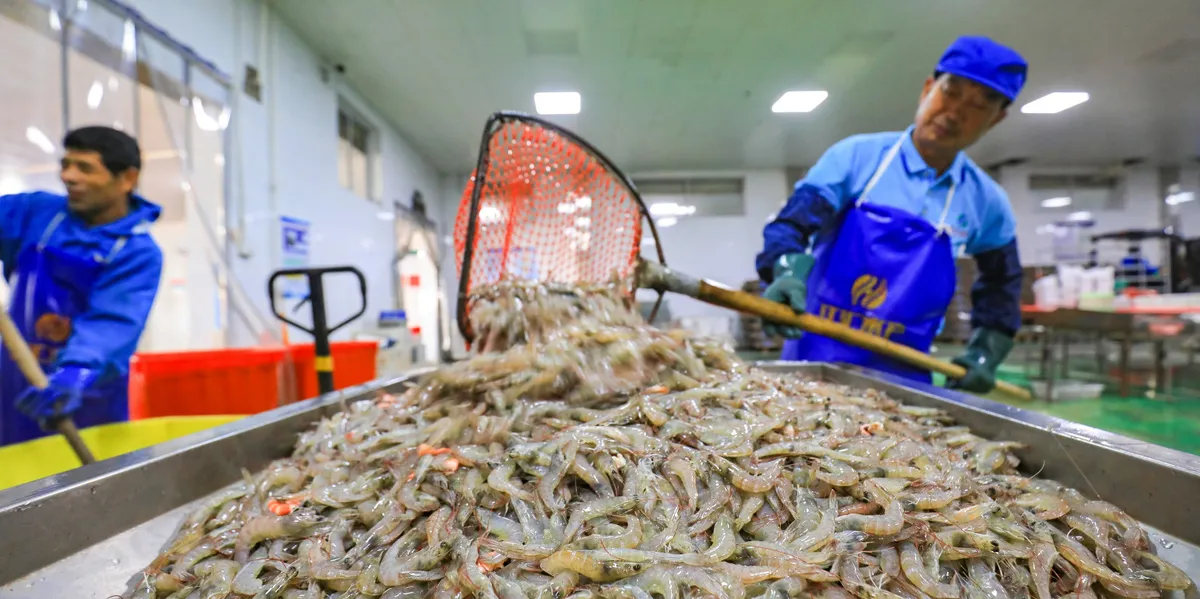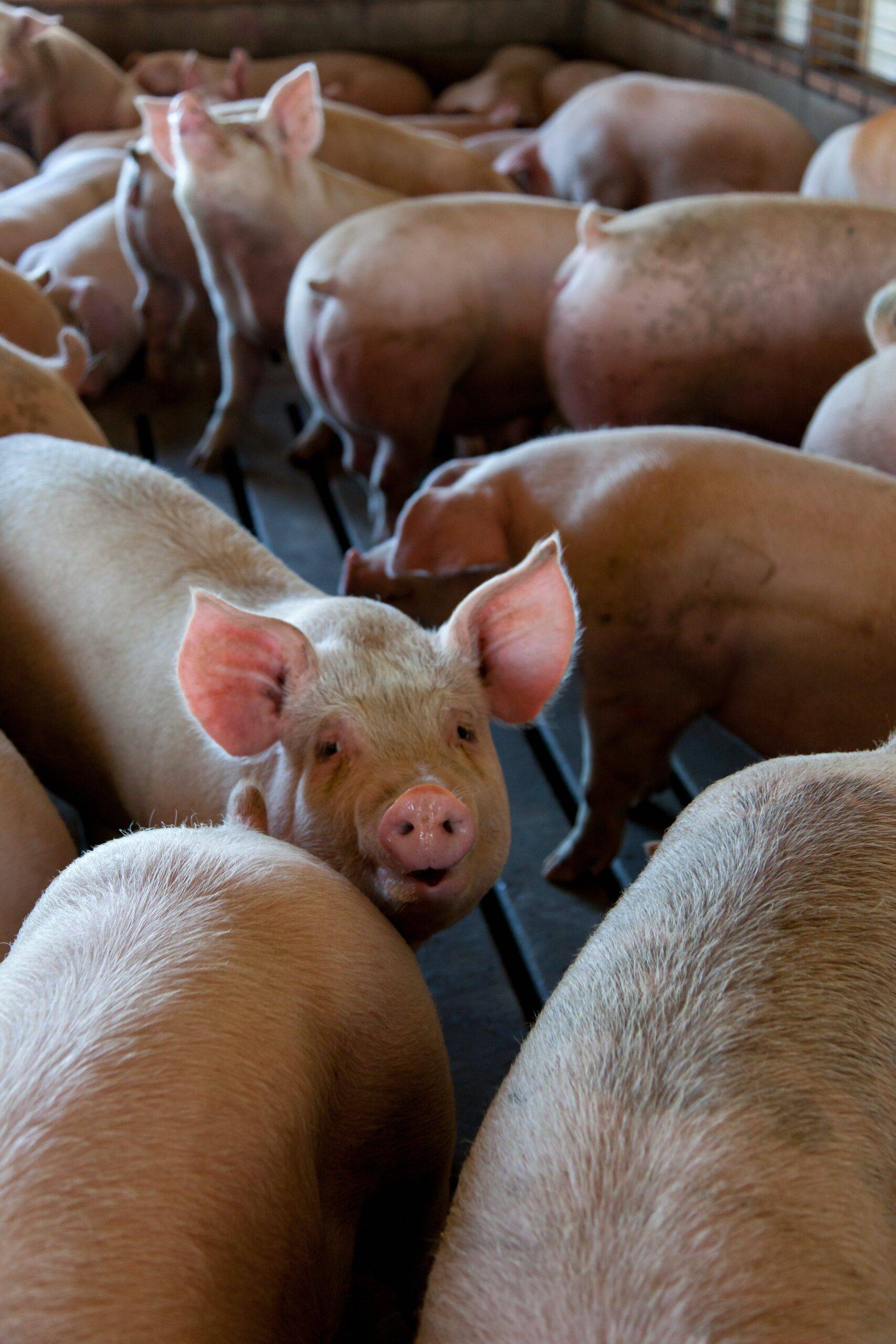The shrimp farming industry has faced a multitude of challenges in recent years, with a variety of issues ranging from labor accusations to environmental concerns impacting the sector. These challenges have created a cloud of uncertainty for shrimp farmers, making it increasingly difficult for them to navigate the complexities of the industry and maintain profitability.
One of the most significant issues facing shrimp farmers is the prevalence of labor accusations within the industry. Reports of forced labor, human trafficking, and other labor abuses have surfaced in recent years, leading to increased scrutiny and backlash against shrimp producers. These accusations not only tarnish the reputation of the industry as a whole but also create legal and financial risks for those involved. As consumers become more conscious of ethical sourcing practices, shrimp farmers must be diligent in ensuring that their operations are free from any form of exploitation or abuse.
In addition to labor concerns, shrimp farmers also face environmental challenges that threaten the sustainability of their operations. The expansion of shrimp farms has led to deforestation, water pollution, and habitat destruction in many regions, causing harm to local ecosystems and wildlife. As awareness of environmental issues grows, consumers are increasingly demanding sustainably sourced seafood products, putting pressure on shrimp farmers to adopt more eco-friendly practices. Implementing measures such as water recycling, mangrove restoration, and responsible feed sourcing can help mitigate the environmental impact of shrimp farming and ensure the long-term viability of the industry.
Furthermore, economic factors have also contributed to the difficulties faced by shrimp farmers in recent years. Fluctuations in the global market, trade disputes, and the impact of the COVID-19 pandemic have all affected the profitability of shrimp farming operations. As prices fluctuate and demand shifts, farmers must adapt their production strategies and marketing efforts to remain competitive in the market. This constant volatility adds another layer of complexity to an already challenging industry, requiring farmers to be agile and responsive to changing market conditions.
Despite these challenges, there are opportunities for innovation and growth within the shrimp farming industry. Advances in technology, such as automated feeding systems, water quality monitoring tools, and genetic improvement programs, offer potential solutions to many of the issues facing shrimp farmers. By investing in research and development, farmers can improve their operational efficiency, reduce their environmental footprint, and enhance the quality of their products. Collaboration with industry stakeholders, government agencies, and non-profit organizations can also help address some of the systemic issues plaguing the industry and create a more sustainable future for shrimp farming.
In conclusion, the cloud of issues surrounding the shrimp farming industry presents significant challenges for farmers, but also opportunities for growth and innovation. By addressing labor accusations, environmental concerns, and economic challenges head-on, farmers can position themselves for long-term success in a rapidly evolving industry. Through a combination of responsible practices, technological advancements, and collaboration, shrimp farmers can overcome the obstacles they face and create a more sustainable and profitable industry for the future.



